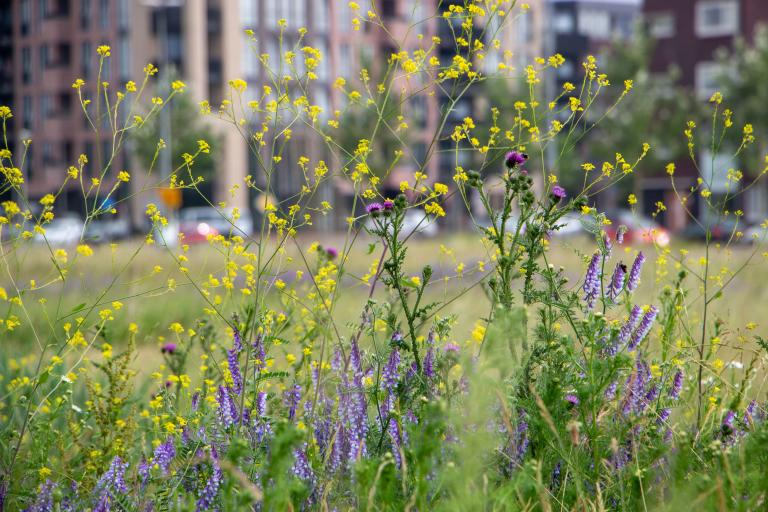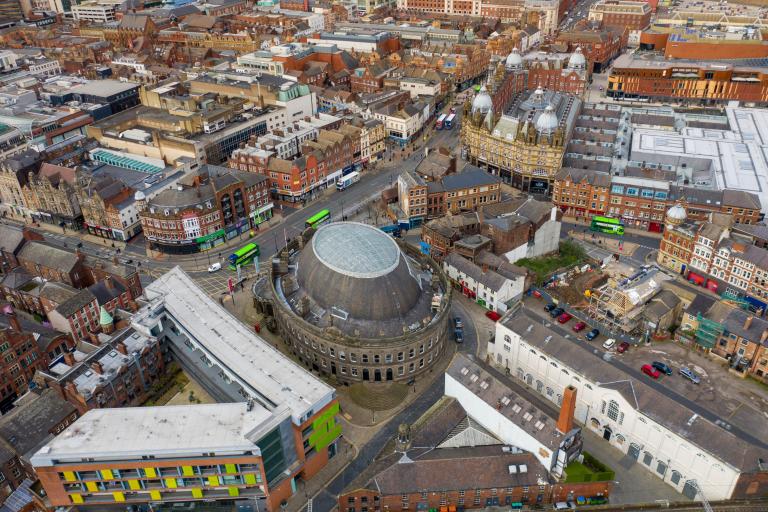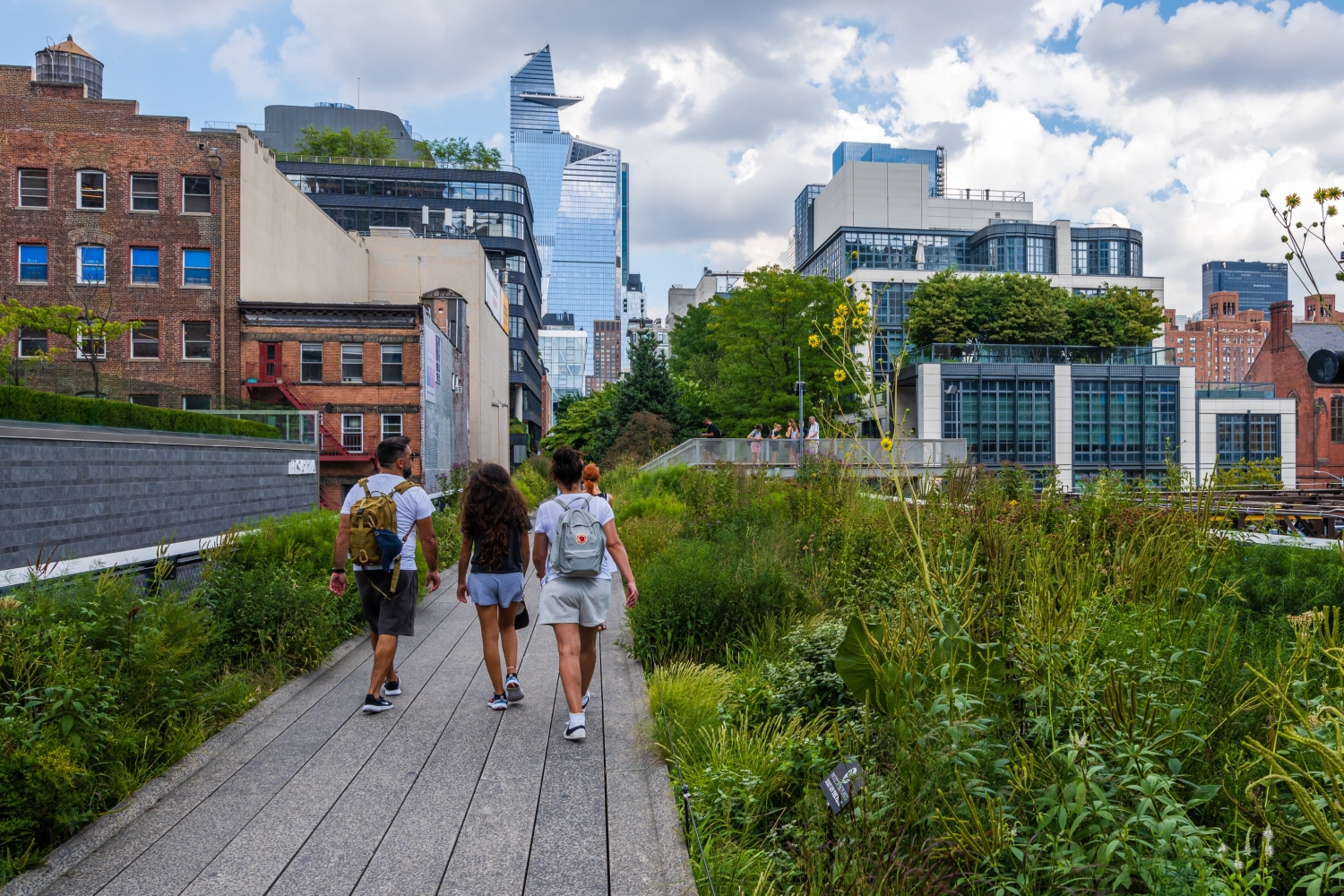Access to Green Spaces

Connecting urban communities to nature
Octavia Hill, one of the founding members of the National Trust worked tirelessly to improve urban housing and protect green spaces. She believed that ‘the healthy gift of air and the joy of plants and flowers’ were vital in everyone’s life and no doubt, if she was alive today, Octavia would still be working to give urban communities access to nature.
Research shows that access to green spaces is so important for physical and mental health. This echoes Octavia’s beliefs that everyone needs access to green space and ‘outdoor sitting rooms’ (gardens).
Blue Diamond, The National Trust and Ann-Marie Powell Gardens all share this belief and how it is even more relevant to today’s society. Shockingly, one in three people in Britain still don't have access to nearby nature-rich spaces.

Octavia’s pioneering work has served as the foundation for our Octavia Hill Garden by Blue Diamond with the National Trust and responds to the idea that access to green spaces makes us happier and healthier.
Studies have shown that easy access to this type of environment helps to reduce heart disease, obesity, and depression saving the NHS more than £100 million each year in GP visits and prescriptions.
In addition to this, green spaces have functional uses too such as reducing flooding, cutting carbon emissions, and protecting nature.
Tackling 'green space' inequality
Recent data from the Office of National Statistics on gardens, together with data on public green space from the Our Green Space Index has identified that:
- 1,108 neighbourhoods in the UK – home to 9.6 million people – are deprived of green space.
- Ethnic minorities are twice as likely to live in a neighbourhood with minimal access to green space. Almost 40% of people from BAME backgrounds live in the most green-space deprived areas, compared to just 14% of white people.
- The average amount of public green space for people in the most deprived green space neighbourhoods is less than 9m2, or the average size of a garden shed.
- Communities from the most deprived green space neighbourhoods are more likely to suffer poorer health outcomes, with higher incidences of heart and lung disease, depression, diabetes and obesity.
- Children from the most deprived areas are 20% less likely to spend time outside than those in affluent areas.
- Over 6.1 million people in Great Britain do not have a park or green space within an accessible ten-minute walk from home, with the total provision of green spaces expected to decline substantially by 2033.
- With a growing population it is estimated that 4,000 new local green spaces in a variety of sizes and functions would need to be created by 2033 just to maintain current provision levels.
- Investment in parks and green spaces has severely declined over the last decade – with the biggest reductions focused on the most deprived locations.
- England has a land area of just over 13,046,000 hectares of which 8.7% is of developed use, with 10.5% being 'built-up'. When including land designated as Green Belt, just over 37.4% of the area of England (4.9 million hectares) is protected against development by one or more natural designation.
There is no denying that the rapid increase of urbanisation is having devastating effects on our physical and mental health and wellbeing. The destruction of the UKs nature-rich environment is increasing the decline of many native species of flora and fauna and increasing harmful pollution levels. Preservation and education are key in the plight to safeguard our green spaces and gardens for future generations.

